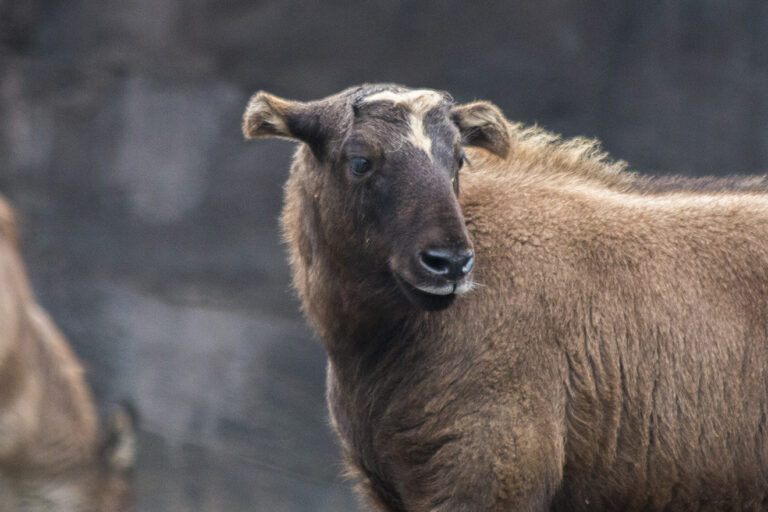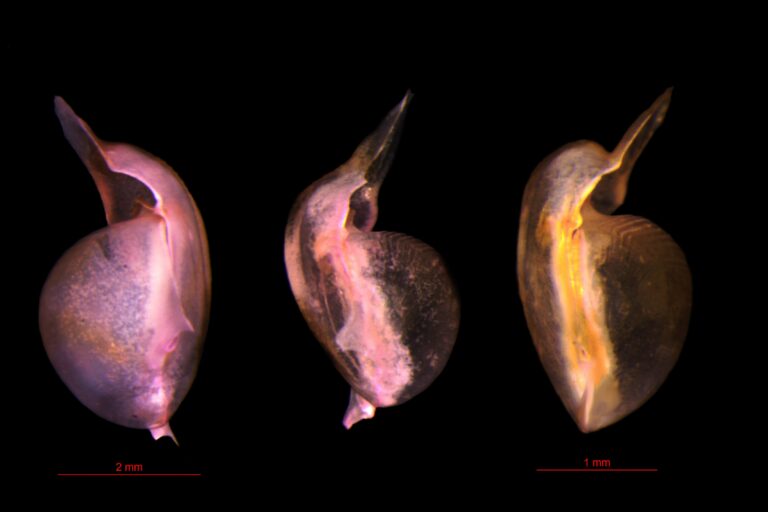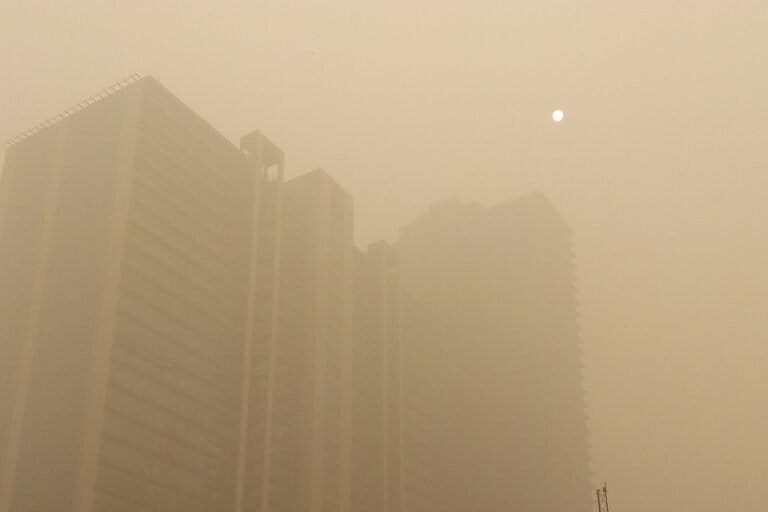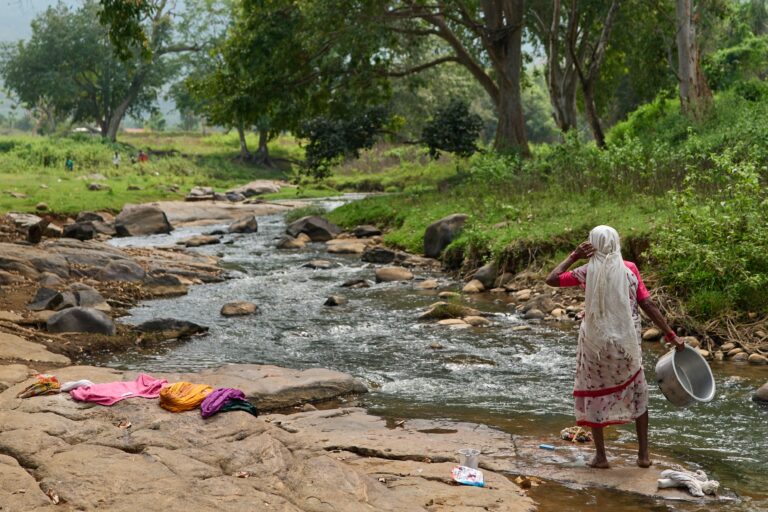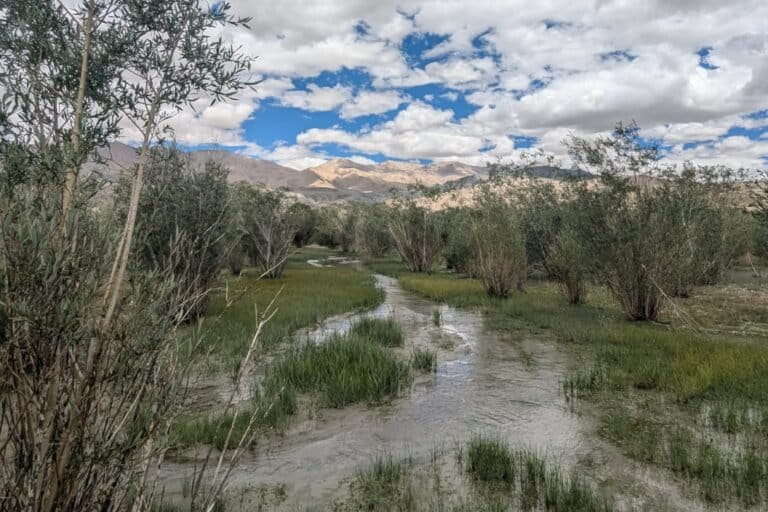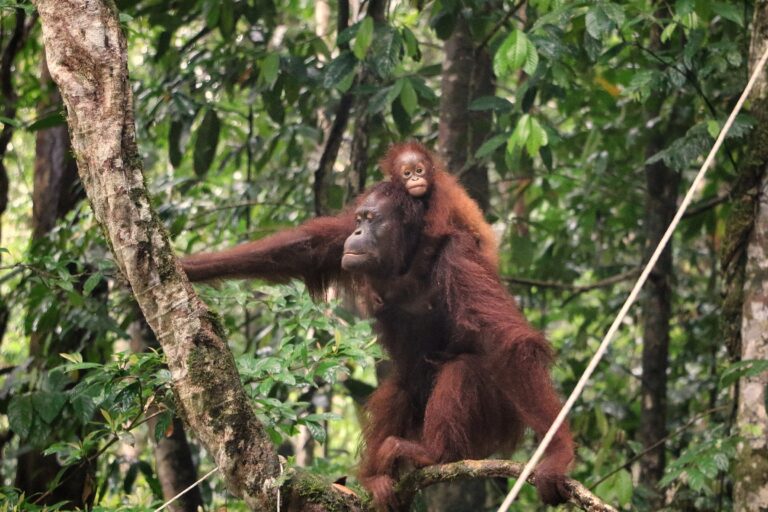- The Punjab government plans to set up an industrial park in the close vicinity of a protected forest range.
- A part of the industrial park also touches the Sutlej River, which has already become heavily polluted due to the illegal discharge of industrial and domestic effluents and there is not much progress on the state’s efforts to clean the river.
- The Punjab Chief Minister has said that forest land will not be used for the project. However, environmentalists are concerned about loss to forests and water bodies.
- Sekhowal village, one of the Panchayats whose land was to be acquired for the project, has protested against the move, refusing to hand over its land.
The Punjab cabinet has approved an industrial park near the Mattewara forest range and Sutlej River in the Ludhiana district. The approval has triggered protests against the project, while the government maintains it will boost the economy and environment potential.
The park, as per the cabinet decision in July, will be set up on 955.67 acres, out of which 207.07 acres belong to the Animal Husbandry department, 285.1 acres to the Rehabilitation Department (Potato Seed Farm), and 416.1 acres of Sekhowal Gram Panchayat, 27.1 acres of Salempur Gram Panchayat and 20.3 acres of Sailklan Gram Panchayat.
According to the Forest Survey of India’s state of forest report 2019 Punjab’s recorded forest area is not more than 6 percent of its total geography. The extent of reserved and protected forest area is 2.34 percent (1181 square km against a total geographical area of 50362 square km).
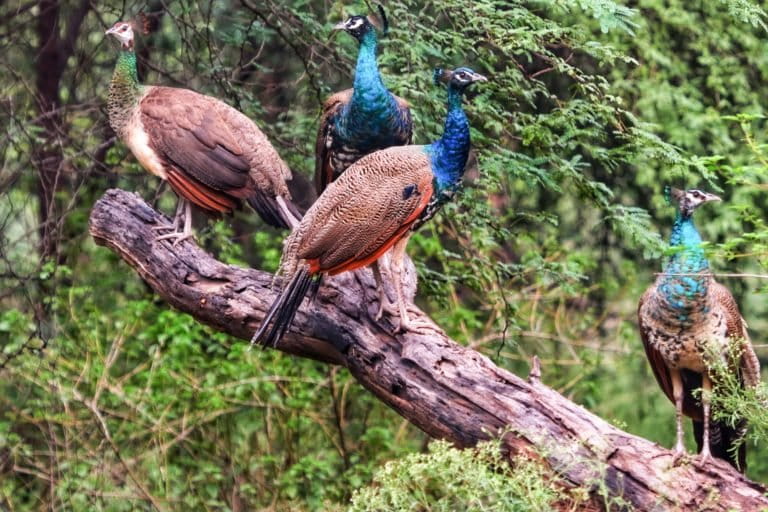
Ranjodh Singh, a prominent nature enthusiast and businessman from Ludhiana, has been building public support against the project. “How will the area’s ecology remain protected when one side of the project land (belonging to the Animal Husbandry department) is just across the road from where the boundary of Mattewara forest range begins?” he asked.
The other side of the project land, belonging to the potato seed farm, shares a common boundary with another protected forest in Haidar Nagar, and the Sutlej river. He added that the river has already become heavily polluted due to the discharge of human and industrial effluents from Ludhiana.
Punjab Chief Minister Captain Amarinder Singh on July 18 released a statement saying that the state will not take an inch of forest land to develop the park and it will have proper common effluent treatment plant (CETPs) to deal with industrial waste.
But the questions raised by leading environmentalist Baba Balbir Singh Seechewal voices concerns of scores of environmentalists opposing the project.
“The state government may not be using forest land but can it guarantee that the flora and fauna of the forest will not be disturbed from the noise pollution, air pollution and heavy human activity once the industrial park comes up there?” said Seechewal.
A group of 70 nature lovers and NGOs like Eco-Sikh have already served a legal notice to the state government on July 20, asking it to halt the project since it will disturb the area’s ecological balance.

“Our petition in Punjab and Haryana High Court against the project is expected within two weeks. The procurement of some relevant documents delayed the filing of petitions last month [August],” said Rohit Mehta, counsel representing them.
Rich in biodiversity, low in protection
The Mattewara Forest, spread over 2300 acres, is home to many birds, monkeys, deer, sambar, antelopes, wild boar, Nilgai, and peacocks. The Botanical & Butterfly Garden is one of the finest and fastest developing gardens being maintained by the Forest Division of Ludhiana.

Khushwinder Singh Gill, a senior wildlife officer posted in Ludhiana, said that Mattewara forest is also part of natural corridors for big cats. For instance, leopards passing through the jungles of Anandpur Sahib and Ropar area can be spotted at Mattewara.
Despite being rich in biodiversity, the forest was never moved from the protected forest category to a more stringent reserved forest or wildlife sanctuary category, which would have prevented commercial and residential activities in the surrounding area.
Ashwinder Sethi, who heads the group that has served the legal notice to the state government, said that the state’s push for industrialisation in eco-sensitive areas is deplorable and reflects its anti-environment mindset.
“Mattewara acts like lungs for a city like Ludhiana that has become heavily polluted due to massive industrial activities. It will eventually be ruined in a matter of a few years if this project is allowed to come up,” he said.
Sibin C., Director, Department of Industries and Commerce, Government of Punjab said that the state would conform to all environmental guidelines before starting the project.
“There will be proper environmental clearance at the level of the government of India where all aspects of the project will be assessed from an environmental point of view, he added.
However, Jaskirat Singh, a member of the NGO Eco-Sikh, said that all these reports are often “eyewash” since economic development overpowers environmental concerns in most cases.
On the other hand, Sibin informed that there would be a proper environmental assessment before the project takes off. The industrial park will shift the local industries out of Ludhiana’s city limits, which does not conform to the city master plan.

Gurmeet Singh Kular, President of the Ludhiana-based Federation of Industrial and Commercial Organisation, said that when the state government has failed to deliver Dhanansu Industrial Focal Point that it mooted in 2013 on Chandigarh-Ludhiana road, the new industrial township cast serious doubt over its intent and purpose. “Why not upgrade unutilised industrial towns first before spending public money on creating a new facility,” he asked.
Kuldeep Singh Khaira, has formed a 12-member public action committee to fight the project, said that all sorts of red category industries would settle in Mattewara if the state’s original plan is to shift them from Ludhiana. “If that happens, it will be the end of the ecology here,” he said.
He added there is nothing new in the state’s anti-ecological concerns. It is yet to declare an eco-sensitive zone around Sukhna wildlife sanctuary, a move necessary to save Chandigarh’s iconic Sukhna Lake. This is despite directions of Punjab and Haryana High court, he said.
The downside of riverside industrial development
Another concern of environmentalists is that part of the proposed project touches the bank of the Sutlej River — a fact confirmed by Ludhiana Deputy Commissioner Varinder Kumar Sharma in his media statement on July 14.

This reminds environmentalists of the 2018 industrial accident when the release of chemical fluid from a sugar mill situated on the bank of Beas river polluted water and killed countless fish and aquatic animals.
The then chairman of the Punjab Pollution Control Board (PPCB), Kahan Singh Pannu had said that there was no policy of not permitting industries close to water bodies, but this episode would make way for such a policy.
“Mattewara Industrial park planning reflects that the state has not fully realised the repercussions of setting up industry on river banks,” said Gurpreet Singh Chandbaja, convenor of Bhai Ganahiya Cancer Roko Society, Faridkot. Chandbaja said that state water bodies got polluted mainly because of the setting up of industry along the drains and rivers. PPCB set up CCTV cameras to keep an eye on them, but things did not change.
He said that Buddha Nullah in Ludhiana, which carries maximum filth into the Sutlej River, is an example of how the city’s dying textile units and other heavy chemical industries ended up destroying it, despite stringent environment norms in place.
“We believe that what textile industry did to the Buddha Nullah, the same will happen to Sutlej with the proposed industrial park, no matter the state’s claims to set up CETPs,” he said.
“It has been ten years that we are waiting for CETPs to de-pollute Buddha Nullah, but it has not turned into reality to date,” Chandbaja said.

PPCB member secretary Krunesh Garg said establishing a CETP near Buddha Nullah is underway and will be completed by the end of the year. Additionally, there is a need to set up four sewerage treatment plants in four locations in Ludhiana and Jalandhar, which are also under consideration of state government.
He said that the Sutlej River is classified into E category (extremely polluted water stream), as per Punjab Pollution Control Board norms, around Ludhiana and Jalandhar. “We plan to bring it down to B category and then A category in a phased manner,” he said. B category is moderately polluted and A is clean as per PPCB norms.
On the proposed Mattewara Park, he said that project is in the initial stages of planning. “We will only be able to evaluate it when the proposal comes to us for necessary permissions,” he said.
Sekhowal Gram Sabha resolves against their project land
Meanwhile, in Sekhowal village, which is about 20 km from Ludhiana town, has refused to hand over its share of project land – about 416 acres.
Former sarpanch Dhira Singh told Mongabay-India that a gram sabha called by present sarpanch, Amrik Kaur passed a resolution on the 22nd of July against the industrial project on the village land.
“During a gram sabha meeting, sarpanch Amrik Kaur told villagers that local administration made her sign the acquisition paper of the village land under false pretext. This has now been reversed by passing the constitutionally valid resolution. If the government tries to forcibly acquire our land, we will go to the court,” he said.

A villager Manjinder Singh Bawa said that most of the population in the village depend upon agriculture for their livelihood. “Their livelihood is at stake if the government takes away the land from them,” he said.
Banner image: A male nilgai (blue bull) at Mattewara. Photo by Paramvir Bhogal.








